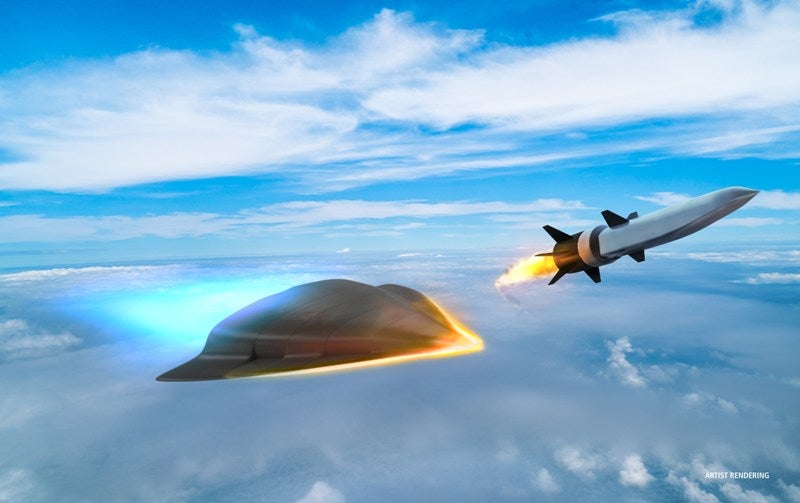
Raytheon has completed a baseline design review for the Tactical Boost Glide hypersonic weapons programme in collaboration with the US Defense Advanced Research Projects Agency (DARPA).
Hypersonic vehicles are capable of operating at five or more times the speed of sound and at high altitudes.
Raytheon is involved in the development of hypersonic systems for the US Department of Defense.
In March, the company was awarded a $63m contract by DARPA to further develop the Tactical Boost Glide programme.
Completion of the critical design review takes the system closer to development and use.
Raytheon Advanced Missile Systems vice-president Dr Thomas Bussing said: “We understand the urgency of the need and are working fast to deliver this advanced technology to our nation’s military.
How well do you really know your competitors?
Access the most comprehensive Company Profiles on the market, powered by GlobalData. Save hours of research. Gain competitive edge.

Thank you!
Your download email will arrive shortly
Not ready to buy yet? Download a free sample
We are confident about the unique quality of our Company Profiles. However, we want you to make the most beneficial decision for your business, so we offer a free sample that you can download by submitting the below form
By GlobalData“The goal is to keep America ahead of emerging threats, and we are well on our way.”
The hypersonic boost glide weapon uses a rocket to achieve hypersonic speeds.
After accelerating to high speeds, the payload separates from the rocket and glides ‘unpowered’ to reach its destination.
The hypersonic weapons will provide greater capabilities over the current weapon systems and will enable the US military to engage from longer ranges with shorter response times.
They are divided into two categories, boost glide and scramjet. In a scramjet system, a booster is used to achieve cruising speeds.
The scramjet engine can compress the high-velocity, incoming air before combustion. The technology is also known as ‘air breathing’.
Raytheon stated that the high-speed capabilities can be challenging for an adversary to detect, track, target and engage.
The Tactical Boost Glide programme is a joint effort between DARPA and the US Air Force (USAF).
The programme is focused on developing and demonstrating technologies to ‘enable future air-launched, tactical-range hypersonic boost glide systems’.







